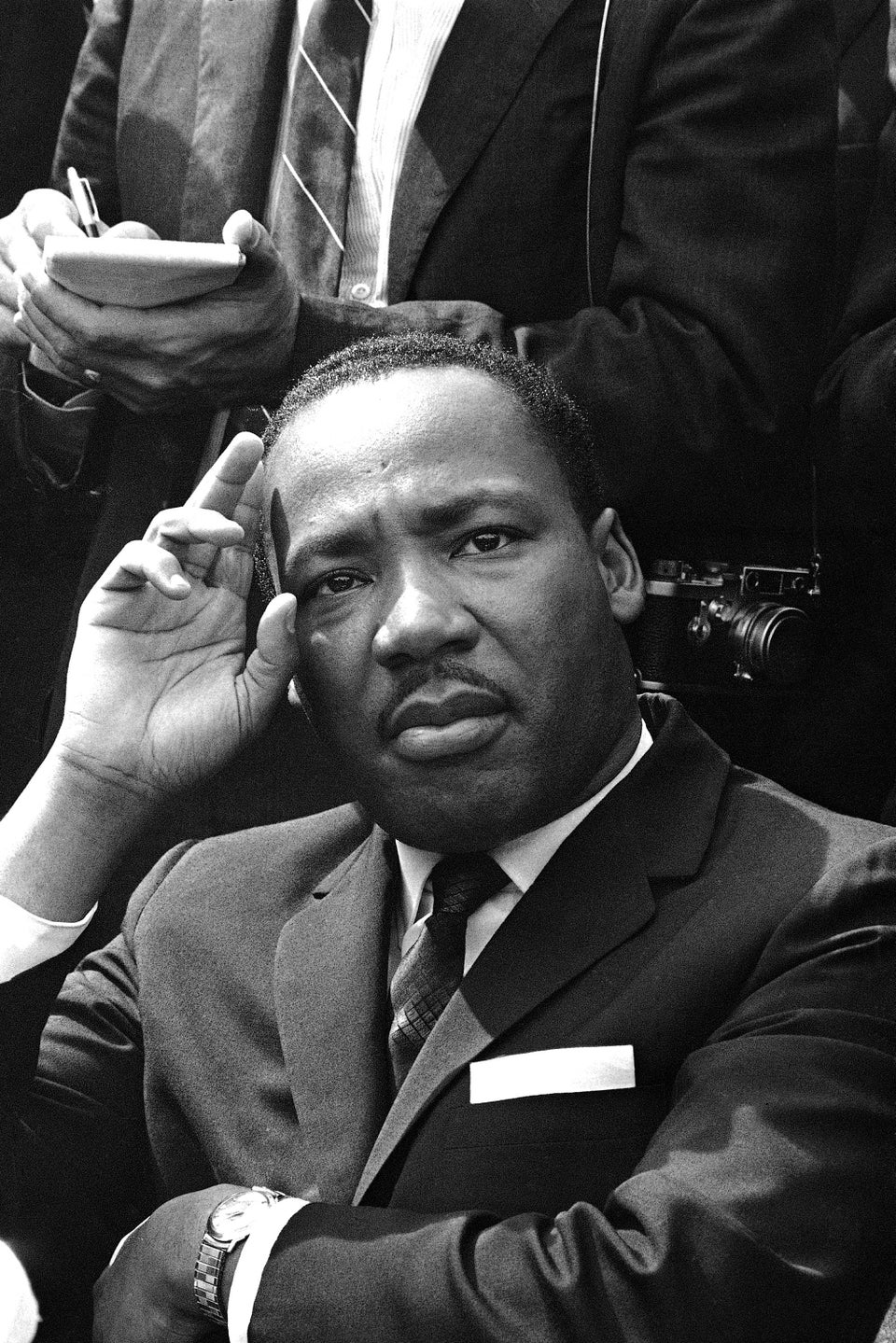For the first several years of her life, Julia O'Driscoll had never seen, much less interacted with, anyone who wasn't Caucasian like her. It was the '60s, and O'Driscoll, whose father was a military pilot, spent part of her early childhood at Ramstein Air Force Base in Germany.
Then, in 1965, O'Driscoll and her family moved from Germany to Montgomery, Ala. It was during the Selma marches led by Martin Luther King, Jr., in the fight for equal voting rights in the country. (You can find out more about the Selma marches here.)
O'Driscoll and her family arrived in Montgomery late at night, and the next morning, she accompanied her mother to the local grocery store to pick up some basic necessities. That's when an unfamiliar woman caught her eye.
"I was sitting in the cart and looking over at people coming in and out," O'Driscoll recalls. "I pointed and I yelled, 'Mama, there's a chocolate lady!"
Though O'Driscoll's mother was mortified, the African-American woman who O'Driscoll had pointed to walked right over.
"This wonderful, sweet women came over to the shopping cart and she held my hand. I just stroked her hand, and I looked at her earlobes and her fingernails, and she gave me this moment of discovery," O'Driscoll recalls. "It was really beautiful."
Thousands of people in the area joined King to march the 54 miles from Selma to Montgomery that year, but O'Driscoll's parents weren't among them. A few short years later, when the family relocated to Syracuse, N.Y., O'Driscoll experienced another memorable moment in the civil rights movement when her elementary school became desegregated.
"We didn't really know what it was. We just knew that our school was going to be 'desegregated.' Wasn't really sure what that meant," she says.
On the first day of classes, African-American children arrived after taking a long bus ride to the school.
"I didn't really understand what was happening. They didn't seem very happy to be there," O'Driscoll says. "I didn't understand why everybody wasn't getting along. I mean, I thought that was a great opportunity to have black kids in the school, and white kids and there were Jewish kids. I just thought, 'This is really cool. It's like the American melting pot, and it's all happening right here. This is exciting!'"
Not everyone shared her excitement. "There was so much anger and so much violence," O'Driscoll remembers. "I didn't understand. My experience with people with color had been very beautiful, from my first memories."
Not only did O'Driscoll's experience have an effect on her childhood, but it also led the now-53-year-old to her post-college career.
"I became a teacher to teach those 'discovery' moments," she says. "Some people have red hair. Some people have black skin. Underneath all of the things that are different on the outside of us, we're really still all the same."
Hear more personal accounts from people who lived through the civil rights movement and, specifically, the Selma marches.


